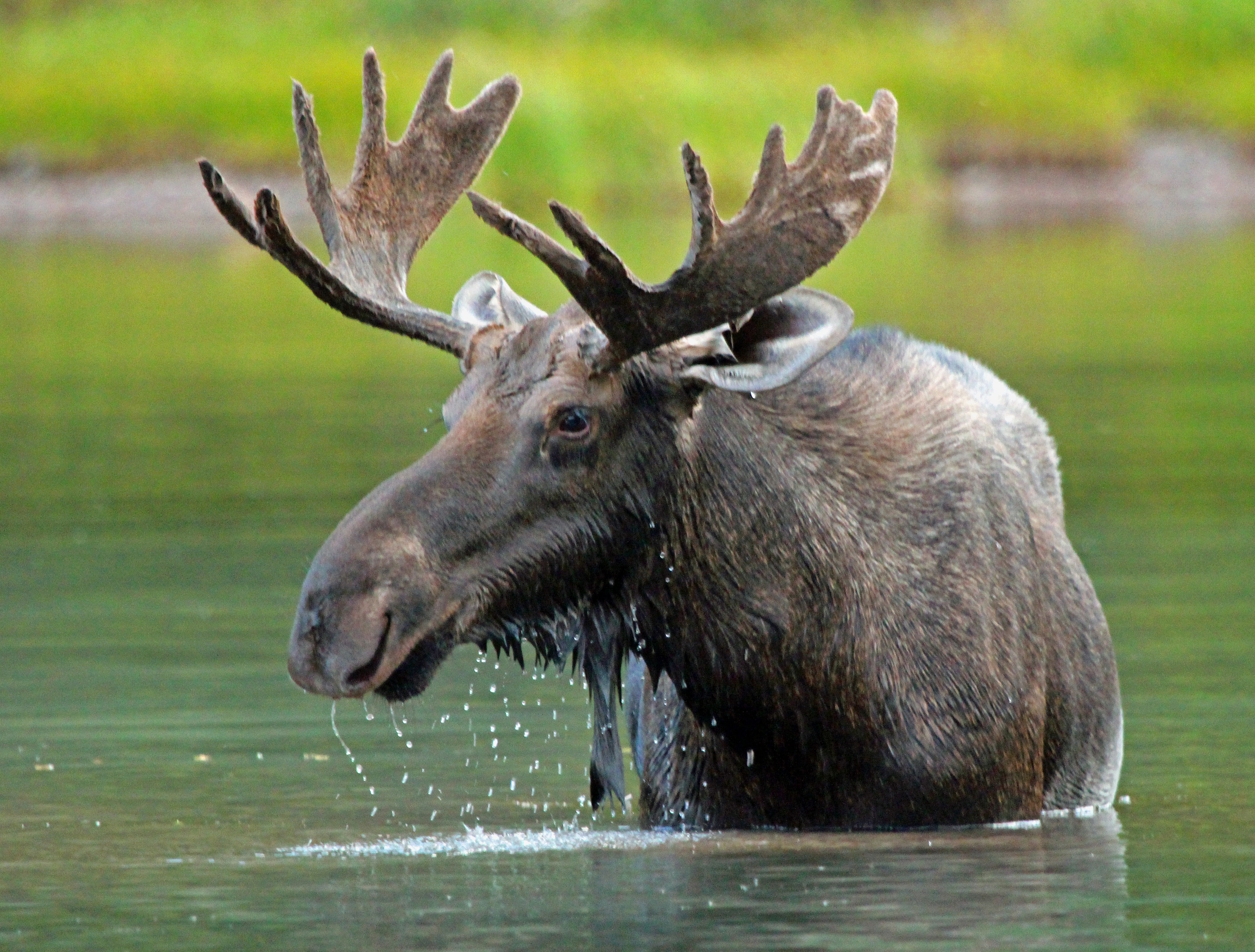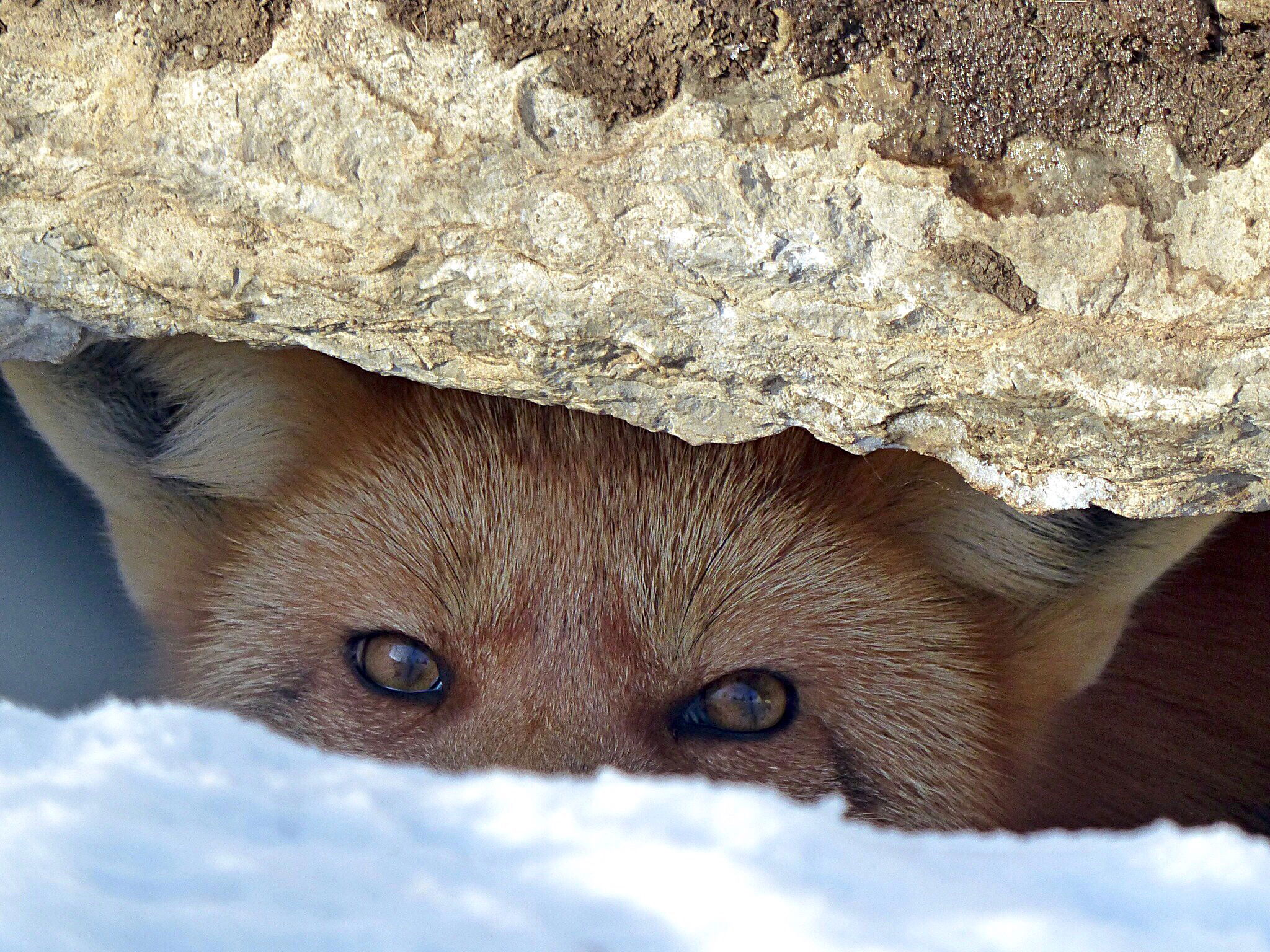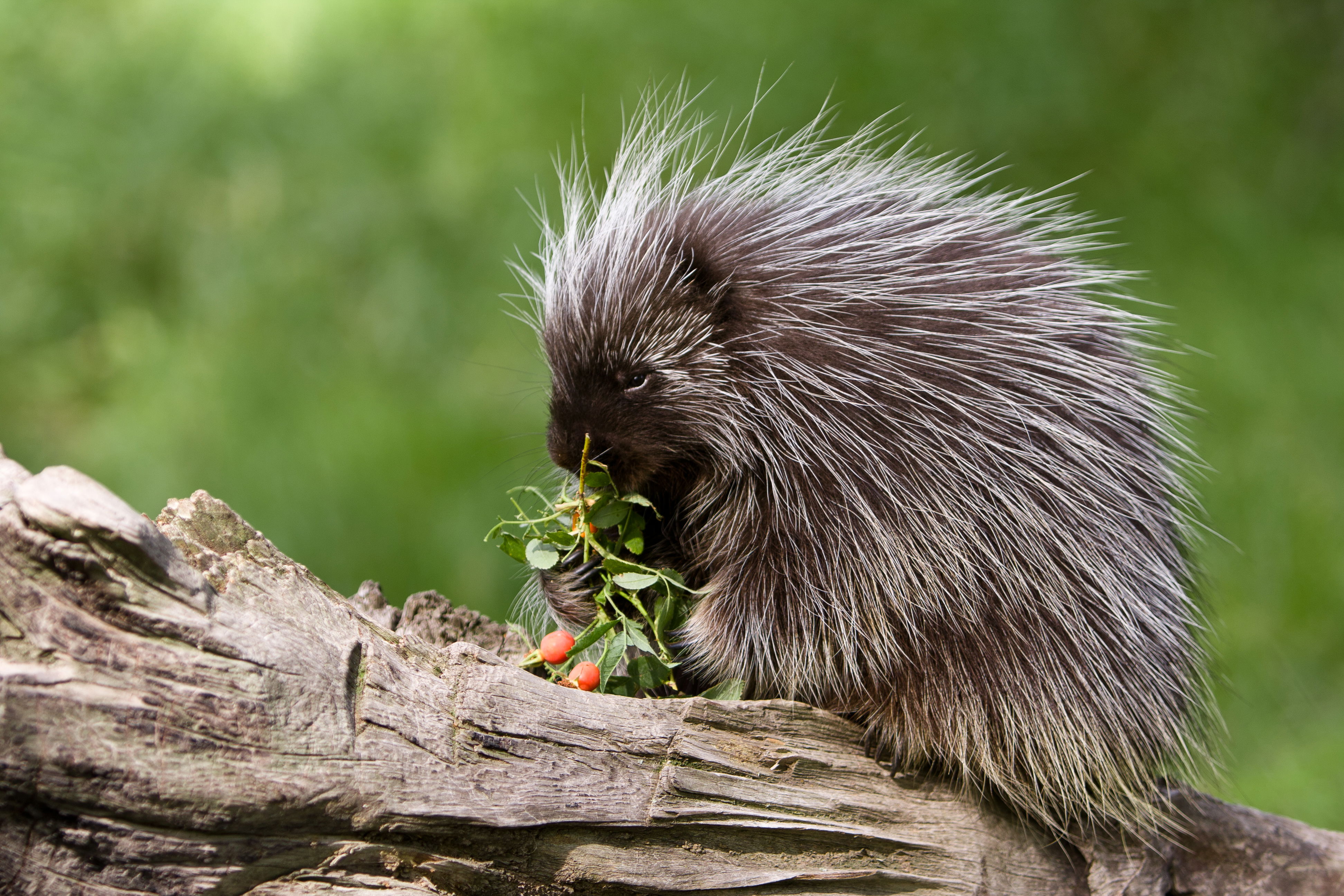Protecting Your Dog from Wildlife Encounters
Knowing who lives in an area and who you are likely to encounter in a given habitat help keep not only the wildlife safe, but also helps keep your dog safe. Your dog may just be curious as it approaches wildlife, but the animals don’t know that and many wild animals have some formidable defences that can do real damage to our dogs, if they get too close.Having some tracking, or wildlife observation skills and knowledge will go along way toward helping you know what to watch out for.Some of the animals you will want to be particularly aware of include bears, moose, coyotes (and wolves in some areas of North America), foxes, bobcats, mountain lions, porcupine, skunks, snakes and raccoons.

One really important key to understand is that with very few exceptions, none of these animals wants to seek out an interaction with you or your pet. Mountain lions and coyotes are both know to occasionally hunt and attack dogs, but it's not common.
In generally, these animals will avoid you and your dog. As long as you
(1) give them appropriate space (100 yards for most of these animals),
(2) keep your pet away from den sites, and
(3) prevent them from chasing wildlife you are unlikely to have problems.

Animals avoid interactions with humans and with dogs. Humans are dangerous and dogs are associated with humans, so animals generally avoid dogs as well. Plus, dogs sometimes harass wildlife, so animals quickly learn is best to avoid them. Afterall, wildlife don’t have emergency rooms or extra calories to spare.
The keys to keeping you and your pet safe are to
* pay attention to the environment
* know who to watch for and what signs indicate they might be present
* when in doubt, leash up and/or get out.

It’s also important to remember that wildlife encounters can occur in your yard as well as on the trail. Especially at dawn and dusk when animals are most likely to be active, it’s a really good idea to check for wildlife before you let them run free off leash– yes even in your fenced yard– many wildlife animals are perfectly capable of jumping or going under fences. I usually take the dog on leash and do a parameter check if I plan to let the dog off leash at night. It provides a good opportunity to train the dog for what I want them to do if they happen to flush an animal— in my case I want the dog to sit, you might want your dog to lay down or come. If I don’t have time for a proximity check, I keep the dog on a flexi.

Oh and one last point about dog harassing wildlife: Don’t think that a negative encounter with wildlife (such as porcupines) will cause your dog to “learn a lesson” and leave wildlife alone. One study on dog porcupine quilling found that 14% of quilling events happened to dog that had already been quilled earlier in the study! One dog in the study had been to the vet six times for different quilling events!
I’ll be providing you with information about specific species that you will want to know how to be on the lookout for. These posts will be sprinkled in among other blog posts.
Look for “Featured Creature” in the blog post titles to find information on these specific animals and what to look for and be aware of to keep your pet safe.